



For cleaning hard surfaces like asphalt or concrete, these cleaning devices can be effective, provided you follow some key guidelines. It’s crucial to adjust the water pressure to avoid damaging the surface. For most paved areas, a lower setting, ideally between 1,500 and 2,000 PSI, is sufficient to remove dirt, grime, and stains without causing harm.
Another important factor is nozzle selection. A wide fan nozzle is often recommended, as it disperses water over a larger area, reducing the risk of surface gouging. Always maintain a safe distance–around 12 to 18 inches–from the surface while operating the equipment. This reduces pressure intensity on any one point and helps achieve consistent cleaning results.
It’s also wise to check for any local regulations or restrictions regarding this cleaning method, as some areas may have specific guidelines to protect the environment. Proper preparation, including sweeping debris and covering any nearby plants or vulnerable surfaces, can prevent unwanted damage during the cleaning process.
Applying High-Pressure Equipment on Asphalt Surfaces
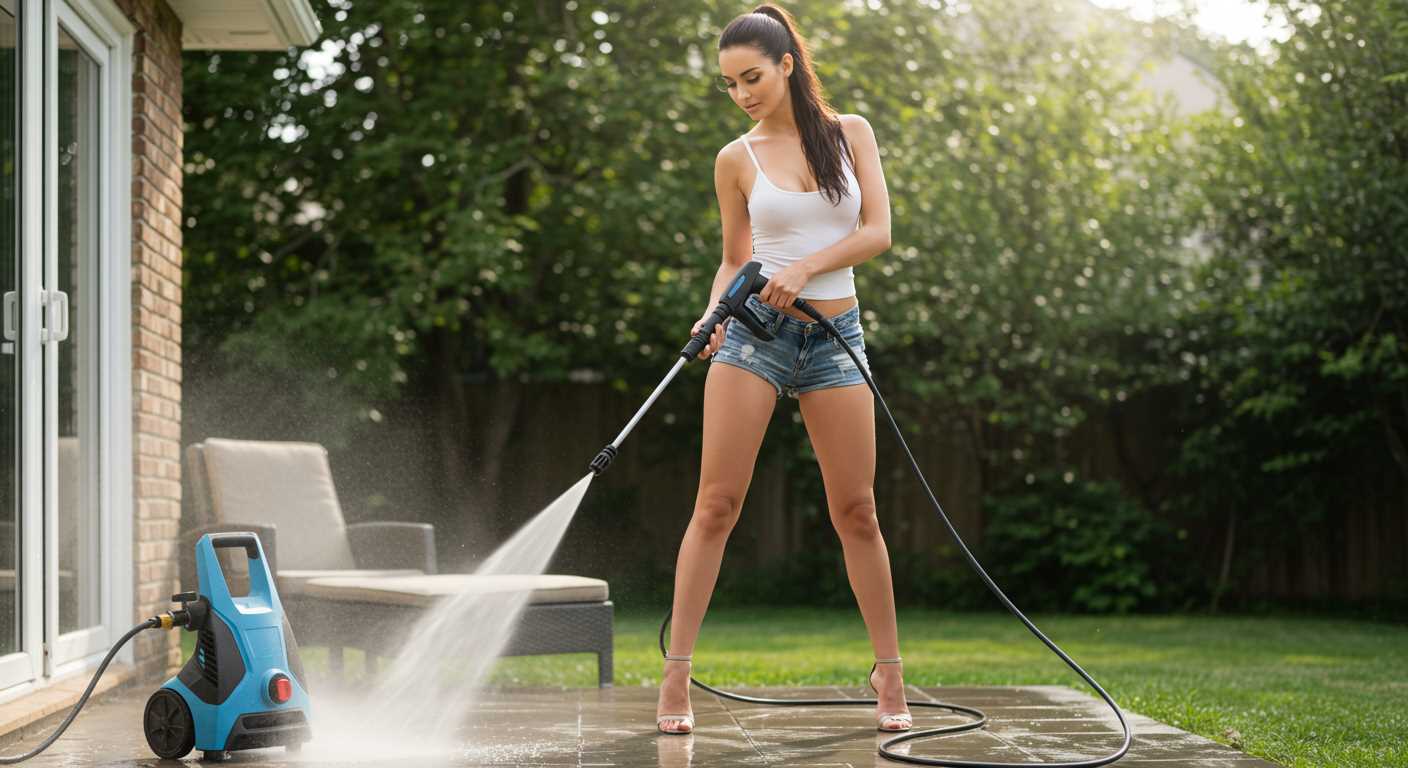
The application of high-pressure cleaning on asphalt can lead to damage, especially if the equipment exceeds 3000 PSI. Lower settings are recommended for effective cleaning without harming the surface. A range between 1500 to 2000 PSI is typically sufficient for general maintenance, while specific stains may require adjustments in pressure and nozzle type.
Recommendations for Optimal Results
Before commencing any cleaning task, it is prudent to clear the area of debris and loose materials. This ensures maximum effectiveness. Using a fan nozzle will distribute the force more evenly, reducing the risk of damaging the asphalt. Always maintain a distance of 12 to 18 inches from the surface to avoid etching or stripping.
Table of Recommended Pressure Settings
| Surface Type | Recommended PSI | Nozzle Type |
|---|---|---|
| Asphalt | 1500 – 2000 | 25-degree fan |
| Concrete | 3000 – 3500 | 15-degree fan |
| Stubborn stains (oil, grease) | 2000 – 2500 | 0-degree jet |
Always observe local regulations. Some jurisdictions may impose restrictions on the use of any high-force apparatus to minimise environmental impact. Additionally, consider utilising biodegradable cleaners that can enhance effectiveness without harming the surroundings.
Understanding the Surface Material of Your Lane

Your lane’s composition significantly influences whether high-pressure cleaning techniques are appropriate. Asphalt and concrete are common materials, each with distinct characteristics. Asphalt is softer and more absorbent, making it susceptible to damage from high-intensity streams. When cleaning asphalt, I recommend using lower pressure settings to avoid surface degradation or stripping away aggregates.
Conversely, concrete is more durable and can typically withstand higher pressure. However, even concrete surfaces can be compromised if the equipment is set too high. A fan nozzle is ideal for spreading the force evenly, reducing the risk of etching or chipping.
Other materials, such as cobblestones, have unique challenges. The joints between stones can be damaged if the force is excessive, leading to particle loss or shifting. For these surfaces, I suggest carrying out a test on a small area first to determine the right approach.
Understanding your lane’s material is critical. Prioritise a gentle approach to prevent costly repairs, regardless of the surface type. Keep in mind that cleaning frequency also matters; regular maintenance may require less intensive cleaning methods over time.
Identifying Suitable Settings for Cleaning Surfaces
For effective cleaning of surfaces, I recommend specific settings that vary depending on the surface condition and material type. Here’s how to adjust your equipment:
- Pressure Level: For asphalt, a lower setting of 1500-2000 PSI is typically adequate. Concrete may require a range of 2500-3000 PSI for optimal dirt and stain removal. Higher pressures can cause damage, especially to softer surfaces.
- Nozzle Selection: Use a 25-degree or 40-degree nozzle for general cleaning tasks. For tougher stains, consider a 15-degree nozzle, but maintain a safe distance to prevent surface damage.
- Water Flow Rate: Aim for a flow rate of 2-4 GPM (gallons per minute). This will ensure thorough rinsing without oversaturating the surface.
- Distance from Surface: Maintain a distance of 12-24 inches when cleaning. This prevents potential surface harm while ensuring effective cleaning.
- Cleaning Agents: If needed, utilise appropriate detergents designed for specific surfaces. Always rinse thoroughly to avoid residue.
Monitoring results while adjusting these settings helps determine the effectiveness of cleaning. Keep an eye on surface responses to the pressure applied, and adjust accordingly to prevent damage.
Common Types of Stains and Grime Found on Streets
Understanding the common contaminants on pavements will aid in selecting the correct cleaning method. Some frequent offenders include oil spills, which can originate from vehicles and create slippery surfaces. These require targeted cleaning methods to ensure complete removal.
Another prevalent issue is the accumulation of tyre marks. These can be challenging to remove due to their deep penetration into the surface. A higher setting may be necessary to break down the rubber compounds effectively.
Environmental factors also contribute to street grime, including dirt, moss, and algae. These organic materials could lead to slippery conditions and should be addressed promptly, especially in shaded areas where moisture accumulates.
Paint splatters from road markings or vandalism represent a different challenge; these substances often require specific solvents for effective removal rather than just water pressure.
Lastly, litter and debris such as leaves, plastic, or paper can create an unsightly appearance. Regular removal of such waste prevents build-up and ensures clear pathways for pedestrians and vehicles alike.
Pros and Cons of Using a Pressure Washer on Asphalt
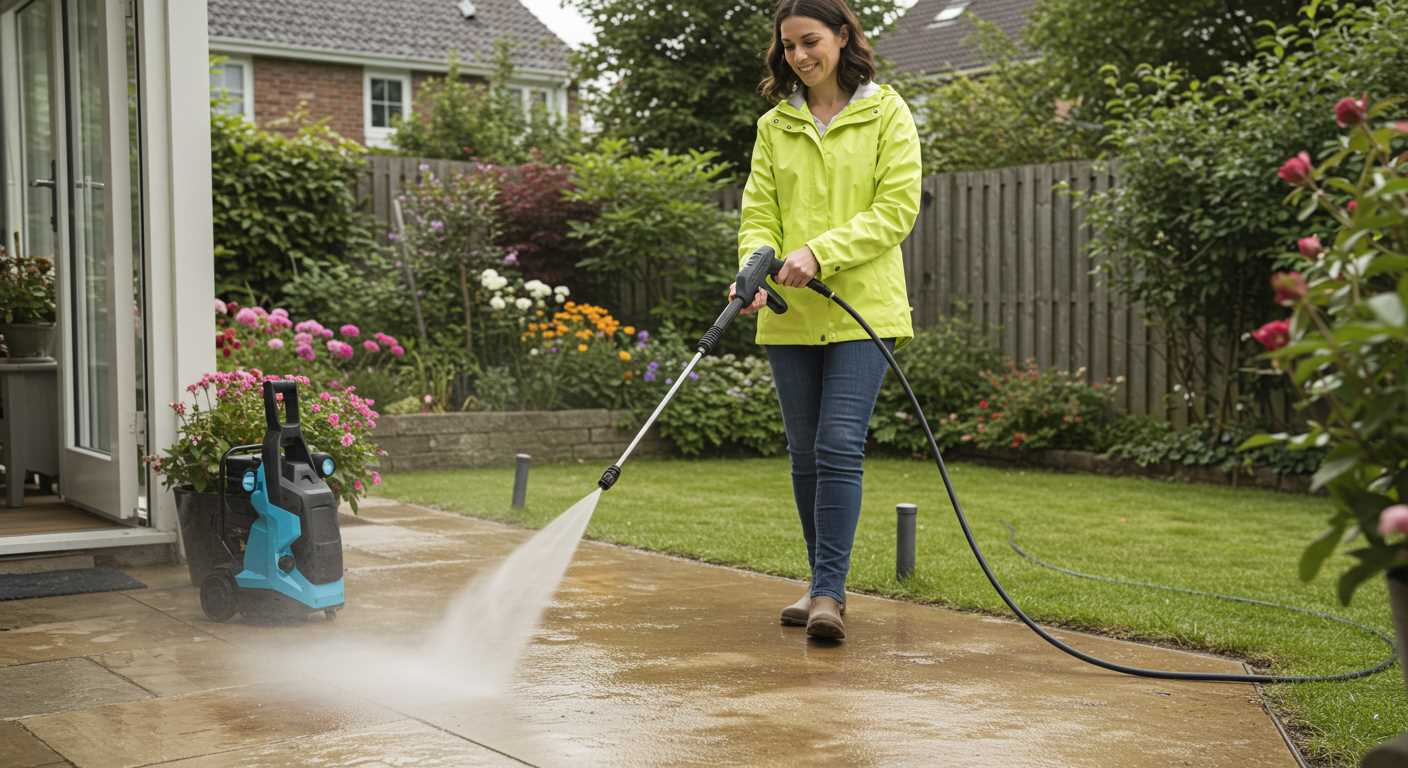
After extensive testing and evaluation, I found that employing a high-powered cleaning unit on asphalt surfaces has its merits and drawbacks. Understanding these aspects is crucial for making an informed decision.
Advantages
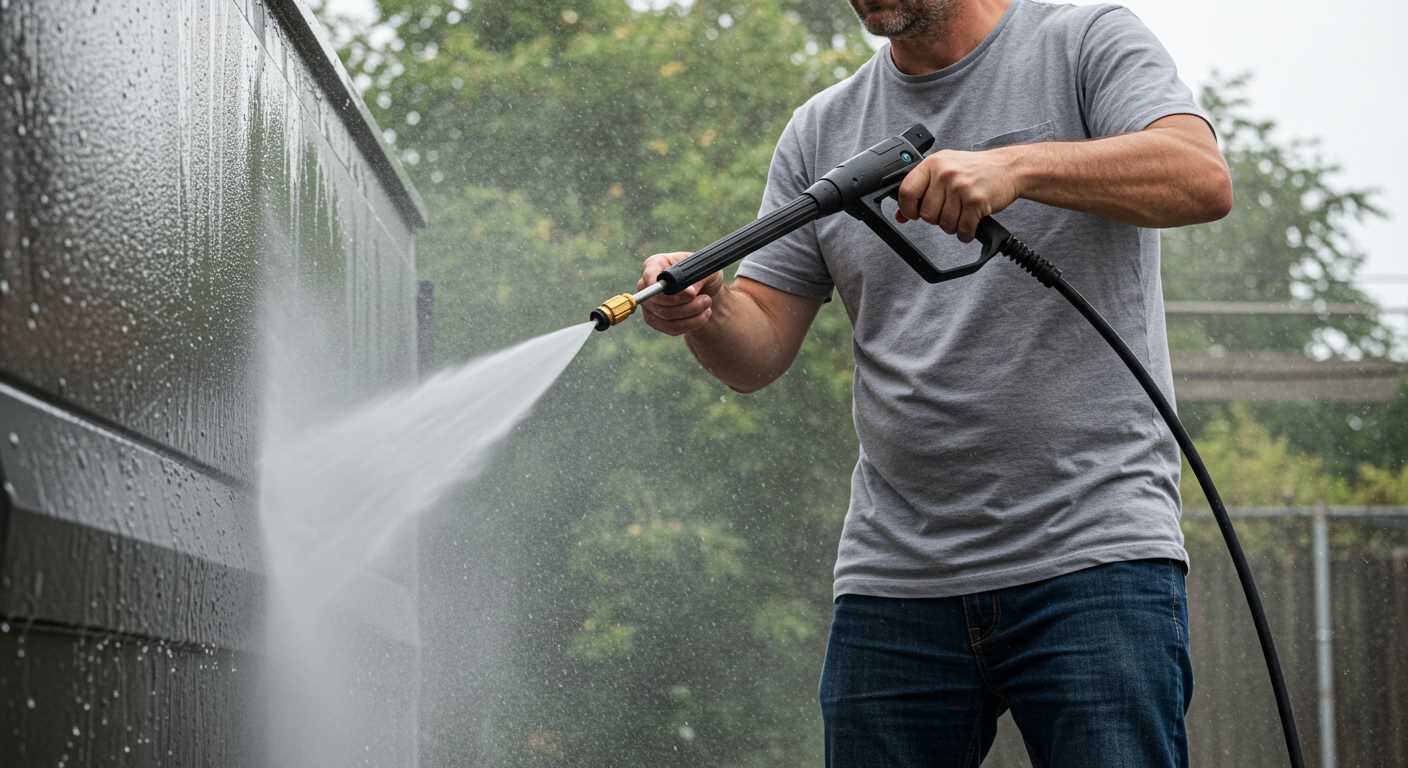
A primary benefit is the effectiveness in removing stubborn stains such as oil and grime, significantly enhancing the appearance of the surface. High-pressure settings can even eliminate accumulated dirt without much manual effort. Additionally, this method speeds up the cleaning process, saving considerable time compared to traditional methods.
Another advantage is the ability to reach inaccessible areas. The flexible attachments available allow thorough cleaning of edges and corners that might otherwise require additional tools.
Disadvantages
On the flip side, using too high a force can damage the asphalt if not handled correctly. Cracks may appear due to excessive pressure, leading to costly repairs in the future. Furthermore, the incorrect nozzle selection can exacerbate wear and tear on the surface. Over time, this could contribute to more significant issues such as water infiltration and structural degradation.
Another concern is water management; inadequate drainage during cleaning can lead to puddles or flooding, which poses safety hazards. Ensuring proper drainage systems in place is essential to mitigate these risks.
Potential Damage Risks When Pressure Washing Concrete Roads
High-pressure cleaning on concrete surfaces can lead to significant risks. The forceful jets of water can cause chipping, fracturing, or erosion of the concrete layer. Always assess the integrity of the surface before proceeding.
Types of Damage to Watch For
- Surface Erosion: Excessive force may erode the top layer, leading to rough textures and diminished aesthetics.
- Cracking: High pressure can create stress points, leading to visible cracks that compromise structural integrity.
- Water Infiltration: Water may seep into tiny fissures, causing internal damage and freeze-thaw cycles can exacerbate this issue.
Preventative Measures
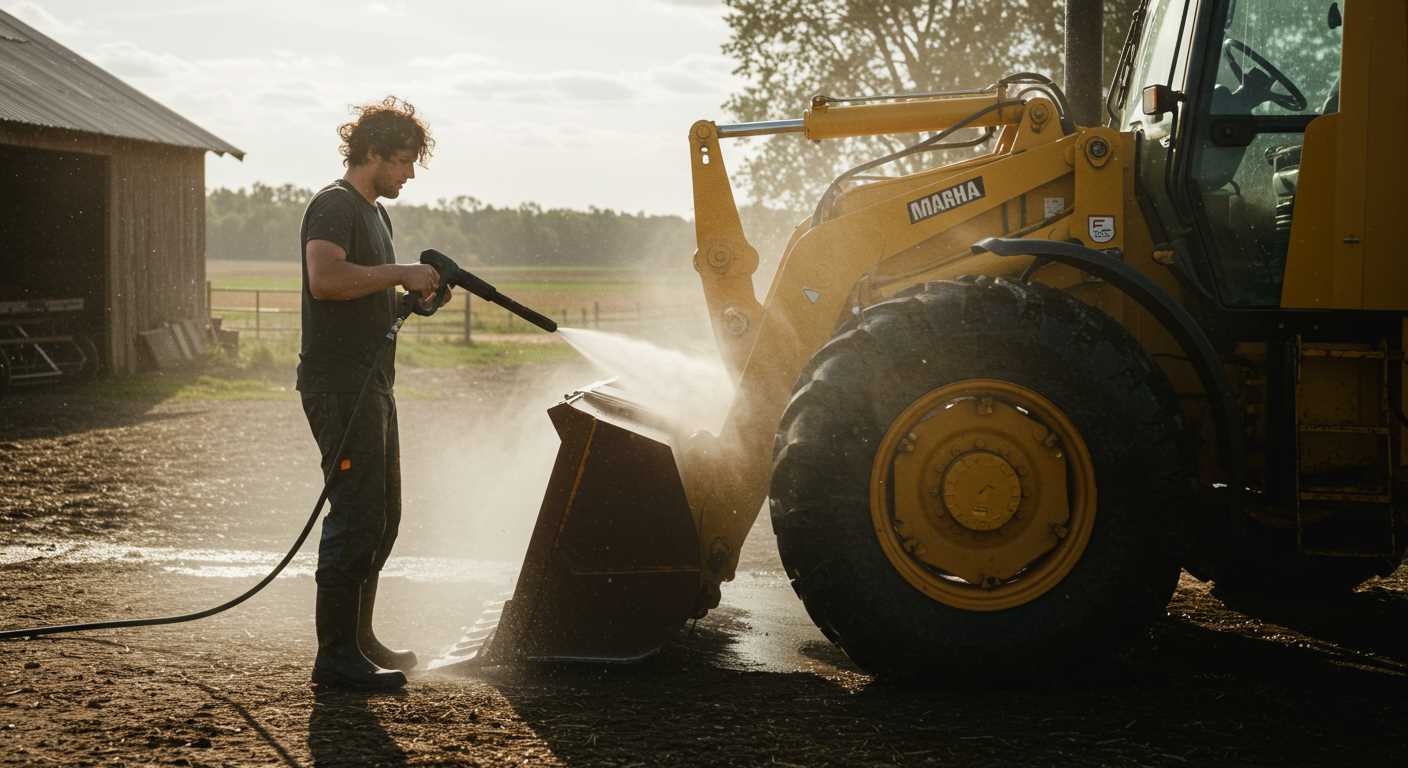
- Conduct a thorough inspection of the surface for existing damage.
- Adjust equipment settings to lower pressures, especially on older or compromised surfaces.
- Utilise appropriate nozzles, favouring wider spray patterns to distribute force more evenly.
Awareness of these risks and implementing preventative strategies will help maintain the integrity of concrete surfaces while achieving desired cleanliness levels.
Safety Measures to Take While Pressure Washing Roads
Always wear appropriate protective gear, including gloves, safety goggles, and non-slip footwear. This is crucial to prevent injuries caused by debris and high-pressure water jets.
Check for Hazards
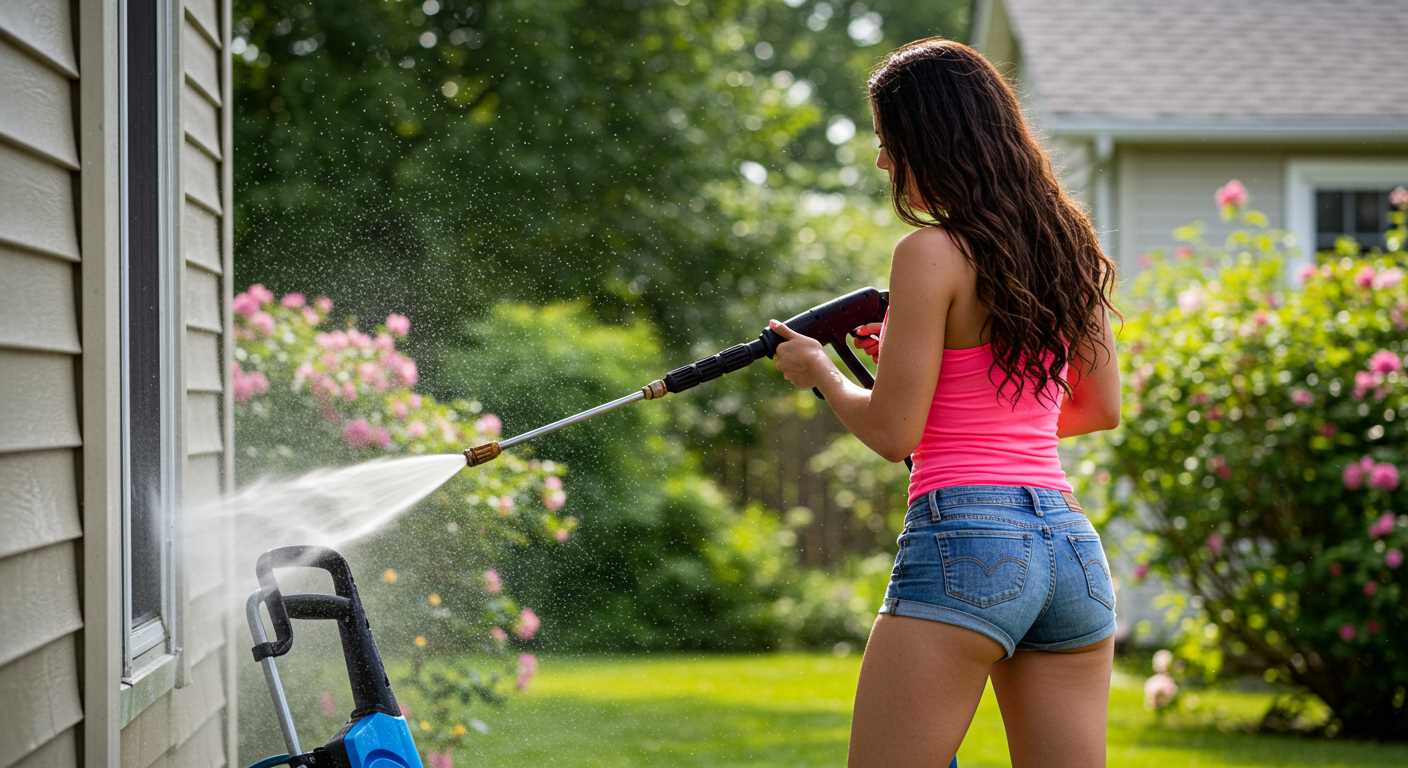
Before starting, inspect the area for obstacles such as loose stones, branches, or damaged sections. Be aware of overhead power lines and traffic if working near roads.
Monitor Water Pressure
Adjust the water pressure setting according to the surface being cleaned. Excessive pressure can lead to surface damage or cause injury. Test on a small, inconspicuous section first.
Maintain a safe distance from the surface and avoid direct spray on people, pets, or electrical equipment. Keep bystanders at least 10 feet away during operation.
Ensure proper drainage to prevent water pooling, which can create slip hazards. If using detergents, select eco-friendly options to protect surrounding vegetation and wildlife.
Never operate cleaning equipment during adverse weather conditions such as rain or strong winds, which can increase risks significantly. Hang up equipment securely when not in use to avoid tripping hazards.
Alternative Cleaning Methods for Road Surfaces
For those looking for different approaches to maintaining paved areas, several methods can be effectively employed. A scrubber or sweeper removes debris, dirt, and light stains, promoting cleanliness without harsh techniques. These machines can collect loose particles while preserving the surface integrity.
Hot Water Systems
Implementing hot water cleaning systems can tackle stubborn stains and grime. The heated water, often combined with detergents, works to break down oily residues or other tough marks. This method is particularly beneficial in colder climates where freezing can exacerbate blemishes.
Biological Cleaners
Utilising environmentally-friendly biological agents provides a safe approach for sensitive areas. These solutions contain natural enzymes and bacteria that digest organic materials, making them suitable for areas with nearby vegetation. Their application is straightforward, often requiring minimal scrubbing.
Incorporating manual methods, like scrubbing with stiff-bristled brushes or brooms and traditional cleaners, also proves effective for smaller or particularly stained sections. These methods allow for precise targeting without risking damage.
Localized steam cleaning presents another excellent alternative. This technique penetrates deep into surfaces, dislodging dirt while sanitising effectively. It’s especially useful for keeping high-traffic areas in pristine condition.
Regardless of the method chosen, consider the environmental impact and select solutions that align with regional regulations and sustainability guidelines.







